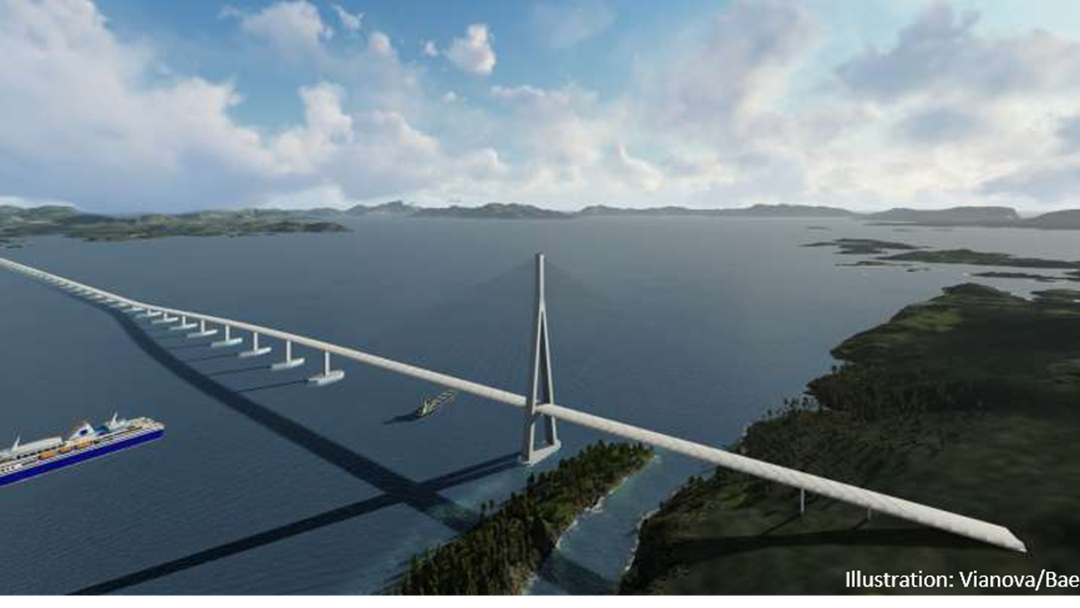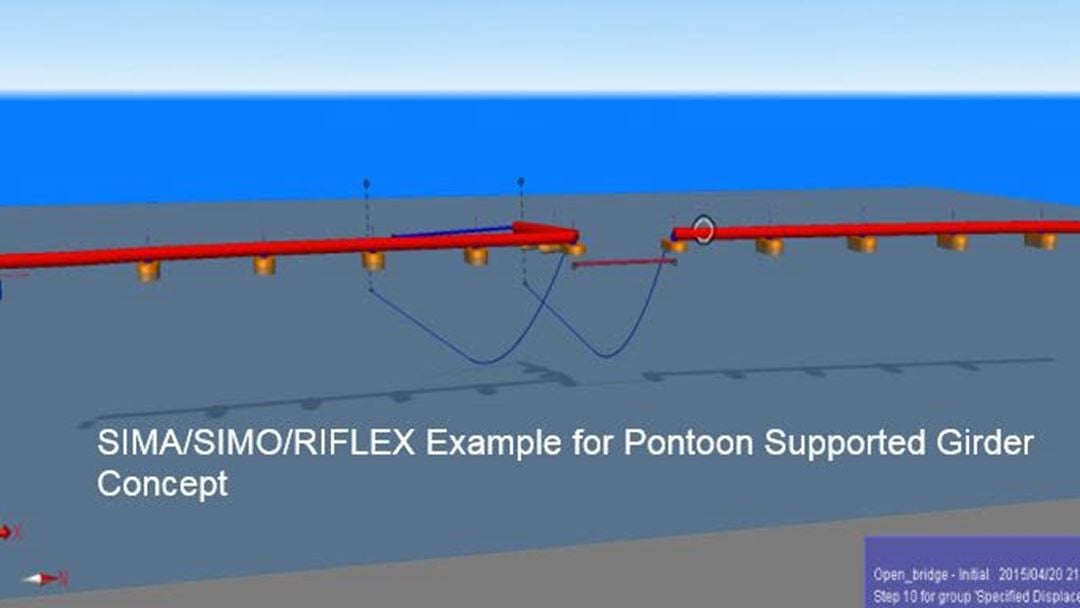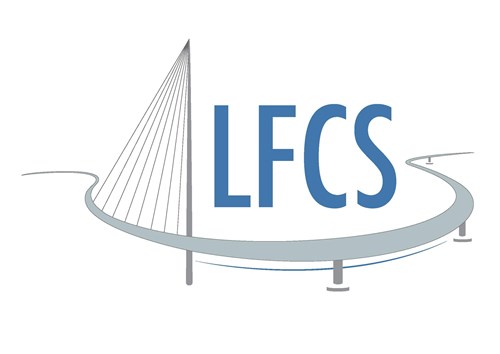About the project
LFCS (Design and Verification of Large Floating Coastal Structures) is a KPN-project funded by the Research Council of Norway. The overall goal with KPN-projects is to contribute to industry-oriented researcher training and long-term competence development within topics that are crucial to the development of business and industry in Norway.
SINTEF Ocean and NTNU are doing the research in collaboration with the following industry partners: Norwegian Public Road Administration (Statens vegvesen), Multiconsult, Hydro, Sweco and LMG Marin.
LFCS started up November 2017, and is going to last until April 2021. The project has a total budget of 22 MNOK.

Challenge
Established design and analysis methods for floating structures are based on wave field models that are uniform over the structure. In current design of offshore structures these methods are applied to large rigid bodies as well as systems of interconnected bodies. Considering large floating coastal structures for fjord crossing and near-shore development, every component of environmental loading can vary over the structure; waves can be very different at the two sides of a fjord, wind will be influenced by local topography and current will vary with local bathymetry. The simplest way of dealing with this inhomogene is to apply the worst environmental condition to the whole structure. Instinctively this may be taken as conservative. However, in some cases the uniform load assumption may not be conservative, for instance in the case of horizontal forces towards the convex side of a curved bridge.
The large dimensions (typically 2-4 km for fjord crossing floating bridges) will cause the structure to be quite flexible, and the coupling between the structural deflection and water movement due to waves and current (hydroelasticity) will not be negligible as in the case of traditional rigid bodies, and this interaction may become crucial.
Objective
Primary Objective:
- Recommendations to design guidelines for design of large floating coastal structures (LFCS).
- Establish the corresponding methods/tools for hydroelasticity analysis of coastal structures in spatially inhomogeneous environmental conditions and bathymetry.
Secondary Objectives:
- Rational description model of inhomogeneous environmental conditions for coastal areas.
- Rational evaluation models of wave/wind/current loads on large floating coastal structures under inhomogeneous environments.
- Improved methods for determining hydroelastic response of large floating coastal structures under inhomogeneous environmental conditions, applicable to combined rigid, elastic and/or articulated structures.
- Improved methods for mooring and position of large flexible floating coastal structures.

